Somaliland′s frankincense trade under threat
-
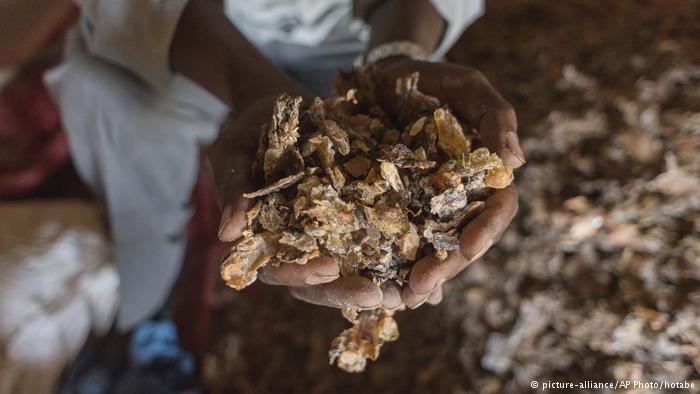
A precious fragrance: after livestock, the frankincense trade is the largest source of revenue in Somaliland. But harvesting frankincense is not an easy task: among other things, harvesters must scale rocky hillsides and cliff faces, while fending off venomous snakes -
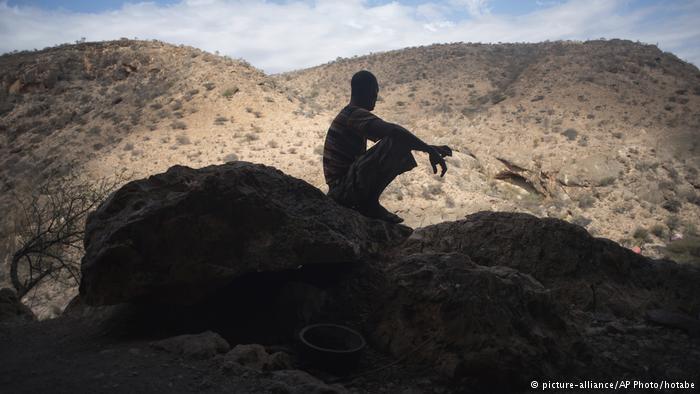
The family business: frankincense tapper Musse Ismail Hassan learnt the profession from his father and grandfather. He admits it is a risky job, but he regrets he has no other option. In the picture, he is resting in a cave in a canyon near Gudmo, in Somaliland -

Necessary precautions: tappers wear special – but homemade – clothes to keep the sticky frankincense resin away from their skin and shoes. It′s important to keep in mind that Somaliland suffers a harsh drought together with other areas of the Horn of Africa region and, in addition, it has a high rate of poverty – albeit lower than the rest of Somalia -
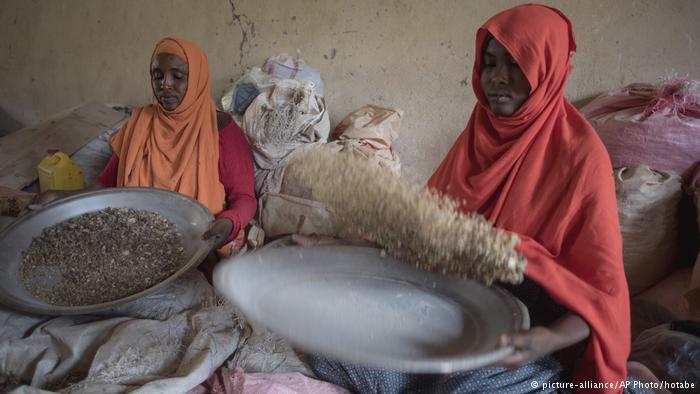
Multiple colours and sizes: the process from harvesting to selling frankincense involves entire families. After the collection, women sort raw frankincense gum by colour and size. In European shops you will probably find frankincense already separated: pinkish, brownish, greyish, yellowish... the result of many hours work -
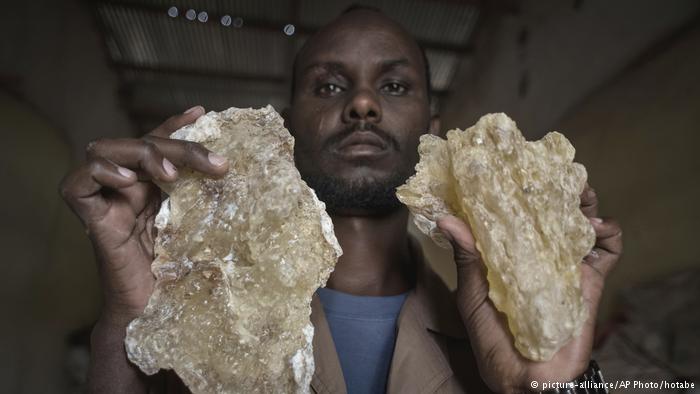
Creme de la creme: these two large chunks of frankincense resin are part of a variety called ″maydi″. Considered superior to other sorts, it is therefore the most expensive. The majority is exported to Saudi Arabia, where it is highly appreciated as chewing gum -
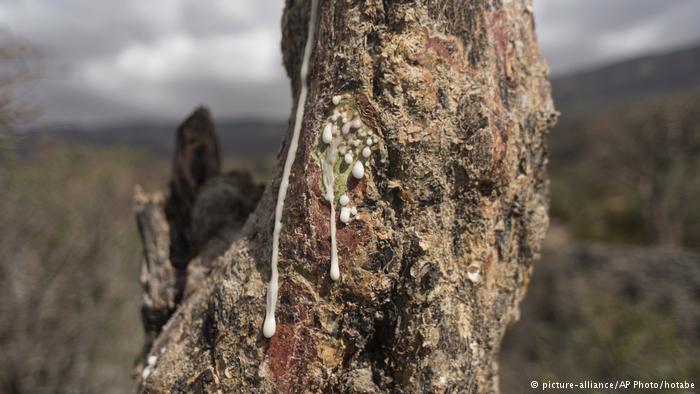
No time to heal: harvesters must wound the bark of the trees to collect the precious resin. The current high demand is leading to over-tapping, preventing trees from healing and thereby weakening them. With so many open wounds, the trees attract more insects, putting them at greater risk of dying -
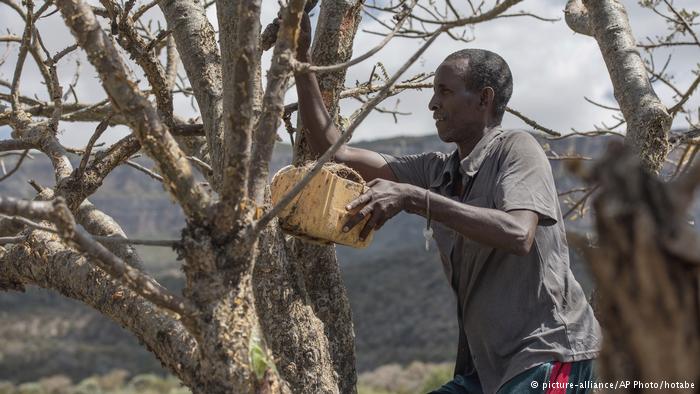
Treasure seekers: Mohammed Ahmed Ali searches for resin beneath the frankincense branch, like many other men in the area. The price for a kilo of raw frankincense has shot up, meaning everyone wants a piece of the action -
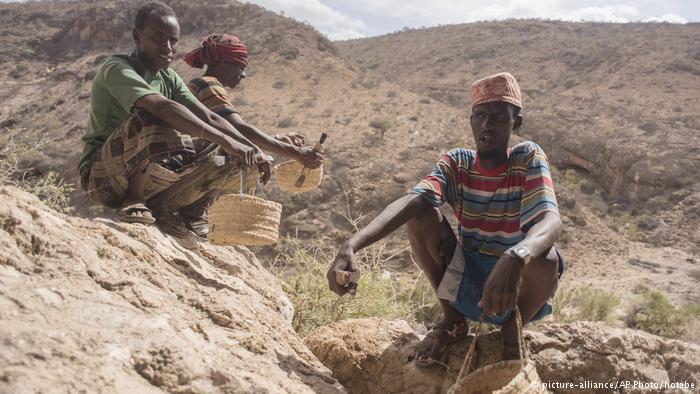
Still time to react: frankincense harvesters have to daily face harsh conditions in the Cal Madow mountains of Somaliland, but it could worsen. With such global demand, prices and competitiveness increase, meaning that healthy trees become scarcer and harder to find. The frankincense trade has never been an easy one, but if measures are not taken, the current threat could become a heartbreaking reality -
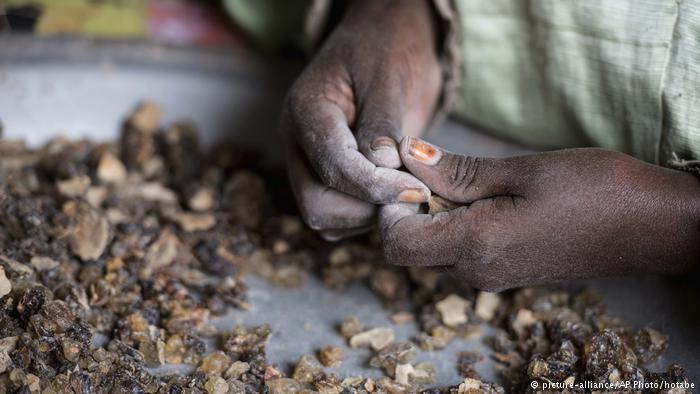
We are all responsible: once on the market, the hardened resin is used for religious celebrations, as a remedy for infections, for perfumes and even to alleviate anxiety and depression – yet in most cases, end users be ignorant of its source. Checking it could be a good means of boosting sustainable harvesting from home
https://qantara.de./en/node/30662
Link
To all image galleries
